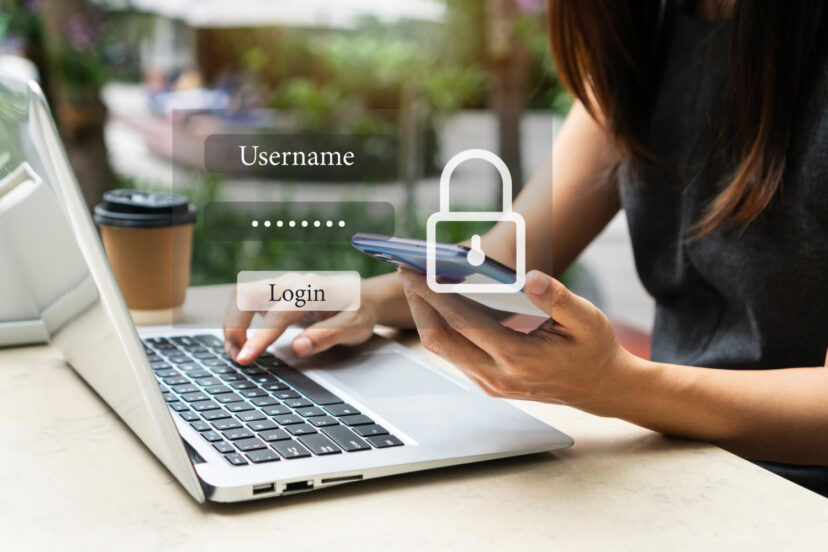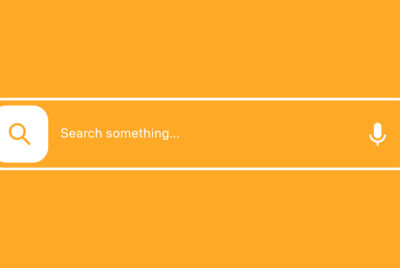Best Password Security Practices
Think about how many passwords you type in a typical day. Your phone, your email, your bank account, your favorite shopping sites—each one is a key to a different part of your digital life. In today’s connected world, mastering best password security practices isn’t just for tech enthusiasts—it’s an essential skill for everyone who goes online.
Why Password Security Matters Now More Than Ever
Picture leaving your front door unlocked in a busy city. Sounds risky, right? Yet many of us do the digital equivalent every day with weak passwords. In 2024, cybercriminals aren’t just random hackers—they’re sophisticated operators using advanced tools to break into our online lives.
The stakes are higher than ever. A single compromised password can lead to:
- Stolen bank account credentials
- Hijacked social media accounts
- Compromised personal photos
- Leaked sensitive work documents
- Identity theft that can take years to resolve
The Hidden Dangers of Weak Passwords
Understanding How Hackers Work
Modern cybercriminals are like professional thieves with an arsenal of high-tech tools. They’re patient, methodical, and increasingly sophisticated. Let’s peek into their playbook to understand what we’re up against.
The Digital Lockpick: Brute Force Attacks
Imagine a thief with a machine that can try every possible key combination on your door—that’s a brute force attack. Modern computers can test millions of password combinations per second. A password that might have been “good enough” a few years ago can now be cracked in minutes.
The Con Game: Social Engineering and Phishing
Today’s hackers are master manipulators. They craft convincing fake websites and emails that look identical to legitimate ones. That urgent email appearing to be from your bank? It might be a sophisticated trap designed to steal your password.
The Skeleton Key: Credential Stuffing
Here’s a scary thought: when hackers breach one website, they often gain access to thousands of passwords. They then try these passwords on other popular sites, knowing many people reuse the same passwords. It’s like finding one key that might open millions of doors.
Breaking Free from Bad Password Habits
We all have password habits that make us vulnerable. Let’s be honest about the most common mistakes:
The Password Hall of Shame
Are you guilty of using:
- Simple passwords like “password123” or “qwerty”?
- Personal information like birthdays or pet names?
- The same password across multiple accounts?
These habits are like leaving your spare key under the doormat—it’s the first place criminals look.
The True Cost of Password Recycling
Using the same password everywhere is convenient, but it’s also incredibly dangerous. When one account gets compromised, all your accounts become vulnerable. It’s like using identical locks on your house, car, office, and safe deposit box.
Building Better Passwords: A Practical Guide
Creating strong passwords doesn’t have to be a headache. Let’s explore best password security practices that are both effective and manageable.
The Science of Strong Passwords
Here’s a surprising fact: length matters more than complexity. A 20-character password using just lowercase letters can be stronger than a 10-character password with special characters, numbers, and capitals.
Creating Memorable Yet Secure Passwords
Instead of random combinations like “P@ssw0rd!” (which is actually quite weak), think in terms of memorable phrases. For example:
- “MyDog8Pizza!In2024” is both strong and easy to remember
- “CorrectHorseBatteryStaple!” follows the passphrase approach
- “ILovePizza&Tacos2024!” combines personal meaning with good security
Modern Tools for Password Management
Password Managers: Your Digital Security Guard
Think of a password manager as your personal security vault. Popular options like 1Password, LastPass, and Bitwarden offer:
- Secure password storage
- Strong password generation
- Automatic form filling
- Cross-device synchronization
- Secure password sharing
Multi-Factor Authentication: Your Security Buddy
Adding multi-factor authentication (MFA) is like having a security guard verify your ID even after you’ve used your key. Even if someone steals your password, they can’t access your account without:
- Your phone for verification codes
- A security key
- Biometric data like fingerprints
Real-World Security Strategies
Creating Your Password Security Schedule
Just like you schedule regular health check-ups, set up a password maintenance routine:
- Review and update critical passwords every three months
- Check for any compromised accounts
- Enable security alerts where available
- Update security questions and recovery information
Smart Password Storage and Sharing
Never share passwords through email or text messages. Instead:
- Use a password manager’s secure sharing feature
- Store emergency access information in a secure physical location
- Keep password hints separate from actual passwords
Emergency Response Plan
What to Do When Your Password Is Compromised
Even with the best password security practices, breaches can happen. Here’s your action plan:
- Immediate Actions:
- Change your compromised password
- Check for unauthorized activity
- Enable extra security features
- Freeze financial accounts if necessary
- Prevention Steps:
- Monitor accounts regularly
- Act quickly on security alerts
- Use available security checkup tools
Advanced Password Security Tips
Email Address Strategy
Create separate email addresses for:
- Financial accounts
- Social media
- Online shopping
- Work-related services
This compartmentalization means a breach in one area doesn’t compromise everything.
The Salt Technique
Add your own personal “salt”—a consistent pattern of characters you add to passwords. It’s like having a secret ingredient that makes even compromised passwords useless to attackers.
Your Journey to Better Password Security
Implementing best password security practices isn’t a one-time task—it’s an ongoing journey. As technology evolves, so do the threats we face. But by following these guidelines and staying informed, you’re not just protecting passwords; you’re safeguarding your digital identity.
Start small:
- Update your most important passwords today
- Enable multi-factor authentication where available
- Consider using a password manager
- Create a password update schedule
Remember, in our connected world, we’re only as secure as our weakest password. Share these best password security practices with friends and family—because creating a safer digital environment benefits everyone.
The time you invest today in better password security is an investment in your future peace of mind. Don’t wait for a breach to take action—make these practices part of your daily digital routine.
Together, we can build a more secure digital future, one strong password at a time.




